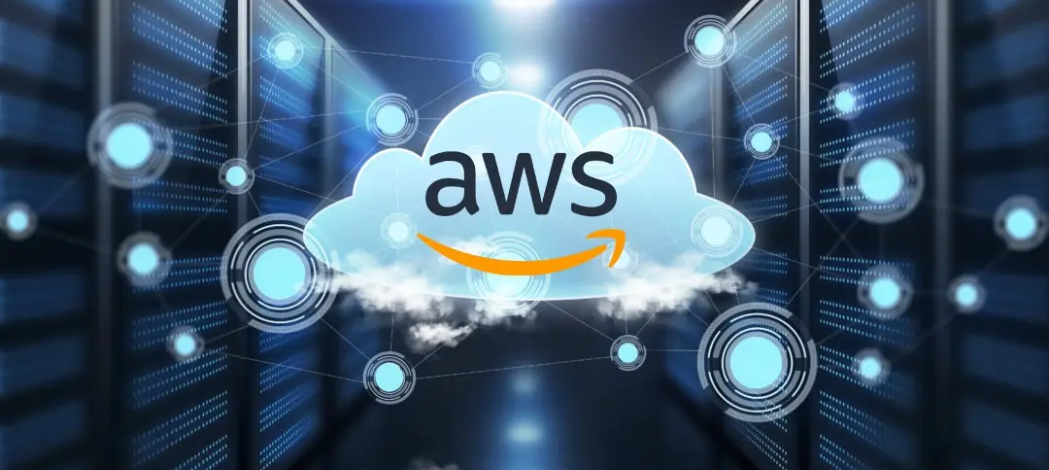
A Comprehensive Overview of Amazon Web Services
-
What is AWS?
AWS (Amazon Web Services) is an Amazon company offering governments, businesses, and individuals access to on-demand cloud computing platforms and APIs (Application Programming Interfaces) on a metered pay-per-use basis. Launched in 2006, AWS provides a suite of scalable, adaptable, user-friendly, and affordable cloud computing solutions. It combines infrastructure as a service (IaaS), platform as a service (PaaS), and packaged software as a service (SaaS).
-
When did AWS start?
Amazon introduced AWS in March 2006, making it the first major cloud vendor available on the market, significantly impacting the business and IT landscapes.
-
What is AWS used for?
AWS comprises over 200 services that can be employed for various purposes, such as:
1. File Storage: Store files like screenshots, videos, and others for easy access.
2. Web Hosting: Host websites using services like Amazon S3, Amazon EC2, and Amazon Route 53.
3. Application Development: Build applications, including web and mobile apps.
4. Database Management: Use services like Amazon RDS, DynamoDB, and Aurora.
5. Content Delivery: Distribute content globally quickly and affordably.
6. Machine Learning and AI: Leverage AI and machine learning services for various applications.
7. IoT: Manage and analyze data from IoT devices.
8. Big Data Analytics: Use powerful analytics tools to process and analyze large datasets.
-
Who uses AWS technology?
AWS is utilized by a wide range of industries, from startups and SMEs to large enterprises and public sector organizations. Prominent users include Netflix, Twitch, Facebook, BBC, ESPN, Airbnb, McDonald’s, and Ticketmaster. AWS holds a significant market share, being the most popular cloud provider according to Gartner.
-
Important Cloud Services provided by AWS
1. Compute
- AWS EC2 (Elastic Compute Cloud): Provides scalable virtual servers.
- AWS Elastic Beanstalk: Offers rapid application deployment.
- AWS Lambda: Allows running code without provisioning or managing servers.
2. Networking
- Amazon VPC: Enables building a private network in the cloud.
- Amazon Route 53: A cloud-based DNS web service.
3. Storage
- Amazon S3: Scalable storage solution for storing and retrieving any amount of data.
- Amazon Glacier: Low-cost storage for data archiving and long-term backup.
4. Databases
- Amazon RDS: Managed relational database service.
- DynamoDB: NoSQL database service for key-value and document data.
-
AWS Fundamentals Specialization (available on Scoopen)
1. Going Cloud Native: Covers AWS core services & infrastructure.
2. Addressing Security Risks: Provides insights into building apps on AWS securely.
3. Migrating to Cloud: Offers guidance on transferring current workloads to AWS.
4. Building Serverless Applications: Focuses on building and deploying serverless applications.
-
AWS Certifications Courses
- Ultimate AWS Certified Cloud Practitioner CLF-C02
- AWS Certified Solutions Architect-Associate
- AWS Certified DevOps Engineer Professional 2024 DOP-C02
- AWS Certified Developer
- AWS Certified SysOps Administrator
- AWS Certified Database
- AWS Certified Advanced Networking
- AWS Certified Security
- AWS Data Analytics
- AWS Certified Machine Learning
-
AWS Training Courses & Tutorials
1. Cloud Fundamentals
2. Developer & Architect Training
3. AWS for Networking
4. Certification Exams
-
Disadvantages of AWS
- Paid Support: Requires paid support packages for intensive help.
- Resource Limits: Default AWS restrictions on resources, which may require requests for increases.
- Technical Support Costs: Varies by package (developer, company, enterprise).
- Cloud Computing Issues: Potential for downtime, limited control, and backup protection concerns.
-
How much does AWS cost?
The cost of implementing AWS cloud services depends on the scale and nature of a company’s requirements. AWS offers a highly flexible and cost-effective pricing structure based on a pay-as-you-go model. The best way to estimate costs is by using Amazon’s price calculators.





